[We’re excited to announce we’ve teamed up with Vans to offer every new subscriber to our print edition a free hat. Get yours here.]
In December 2018, just one year after qualifying, Mikey February fell off tour.
For most of the surfers, that would have meant a return to the QS grind, or for the less lucky ones, the building site. However, a few weeks later, Mikey signed a new head to toe contract with Vans and immediately embarked on what has since become a flourishing free surfing career.
Of course, there is strong historical precedent for those with a similarly distinctive style and approach sliding seamlessly across the divide. Think, Curren, Machado, Reynolds, to name but a few; all of whom have gone on to leave a profound and lasting indent on the sport.
Of course, Mikey’s stint on tour was a little shorter than some of those names, but in an era of social media fueled acceleration, it proved to be all the time he needed to build up a huge and appreciative fan base, who continue to hang fervently on his every highline and swooping carve.
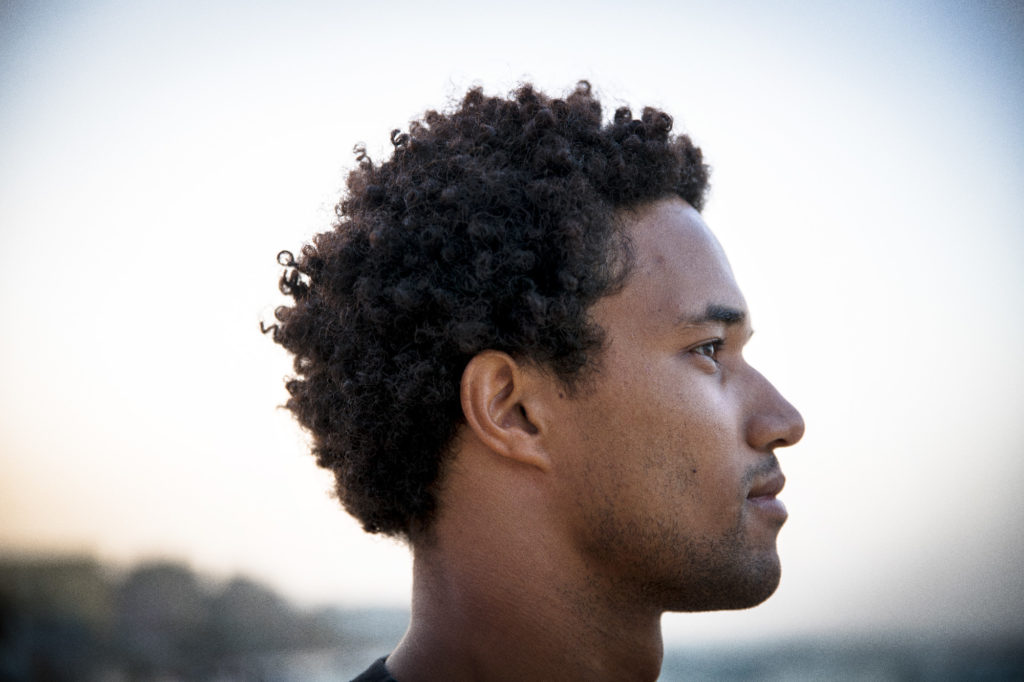
Recently, we caught up with him to find out more about what life’s been like since he made the jump.
WL: So December 2018 marked the end of around 6 years of full-time competition on the QS and then the CT. How did it feel to fall off tour?
MF: To be honest, it wasn’t that bad. I guess going way back, growing up in South Africa the only way to make it and be able to surf full time and travel was to compete, so I naturally just got into that. I enjoyed the QS, made so many good friends and had so much fun, but you know towards the end of my time on there, I started doing more free surf trips and started realising that that was something I was keen on and that’s when I qualified for the tour.
Being on tour was awesome, but besides going to contests and surfing with hundreds of people, I only did one, which was for that film Nu Rythmo and that was probably the best surf trip I had all year.
It was nice to have qualified, to have set myself that goal and to have achieved it and then move onto the next thing with that sort of clarity I guess. So yeah, I wasn’t too bummed about it. I was just super excited to start the next chapter.
WL: Tell me about some of the trips you’ve done since then…
Last year was pretty cool, the first trip I did after joining the Vans team was with Alex Knost and Harry Bryant to Sumatra. I’ve always been such a fan of Alex’s surfing and Harry is such a cool guy and we got onto Vans at the same time, so it was rad to go on a trip with some people that I really look up to. And then, straight after that, we went to the Zambezi river for Go Easy On The Zambezi, with Harry and Dylan and that was just a wild experience, completely unlike any other surf trip. So the first few trips already stood out as amazing memories, so it was a good start.
View this post on Instagram
WL: I’ve seen some shots from that trip to Sumatra and it looks like you guys are experimenting with all kinds of different boards. How much did your approach to surfing switch up when you weren’t tethered to that rhythm of competition?
MF: I guess it’s all about what you surround yourself with. On the tour everything you see is performance surfing and riding certain boards, so that’s what you’re going to do. Whereas on that trip I was with two completely different surfers. Alex rides Bonzers and does all the crazy cheater fives and high lines and stuff and Harry would ride the mat one surf and always just be switching things up.
I remember I took a couple of different boards; like a normal board and a twinny and I’d just got a bonzer I was getting into, which was pretty cool because Alex has been riding those for years, so it was rand to be on a trip with him and figuring that out. It was just cool because every surf was different and everyone just had fun expressing themselves, riding new boards. There was no pressure. If anything we’d watch the footage at the end of the day and everyone would get psyched on the most random stuff. Not like, ‘Oh he did a crazy air,’ it was like he did a cool one-foot floater or whatever. That’s cool because it just opens your mind a little bit and you’re not just restricted to that one type of surfing.
WL: Is experimenting with different boards something you’ve always done?
MF: Not too much. I was fortunate because the shaper that I started riding for when I was 11 did all hand-shaped boards and he shaped me my first twin fin for my 12th birthday. That was the first time I got to ride something different. I still remember that feeling, it was pretty rad and eye-opening. Then I didn’t get too far into it, but as I grew older and got more of an idea about style and stuff I got into riding those other boards and found that I just loved it so much. I really enjoy not having the same kind of surf every time you know, riding a different board, getting a different feeling just keeps things interesting I guess.
View this post on Instagram
WL: Was there a concern when you were on the QS that experimenting with other boards might take you away from your progression on a thruster, which might, in turn, slow that drive towards qualifying?
For sure. I’d try my best to just ride normal boards most of the time because I didn’t want that to happen, and when I’d feel like I could do it I’d just grab a twinny, you know when I was home, I’d give myself some time to do that. But generally, I’d think ok I can’t go mess around on another board, because you’re constantly trying to figure out your performance boards and you’re just so critical on them, you want them to be perfect and they’re never perfect, so you have to keep surfing them. I definitely hit that stage, but I’m free of that now which is good.
WL: What would to your advice be to groms who are mega into surfing but not quite sure whether they want to go down that QS route yet… would you encourage them to try out all kinds of different boards when they’re young, or stick with thrusters through their teens and maybe experiment when they get to later in life?
MF: I think it’s important to experiment if you have someone there who can expose you to that kind of stuff. I just had a small taste of it when I was young, being handed that first twinny. So I think, it doesn’t have to be crazy amounts but, but I think it’s good to just take one or two surfs and just give yourself the opportunity to have some fun you know. You surf so much, I think it’s important if you can give yourself that chance to try different boards.
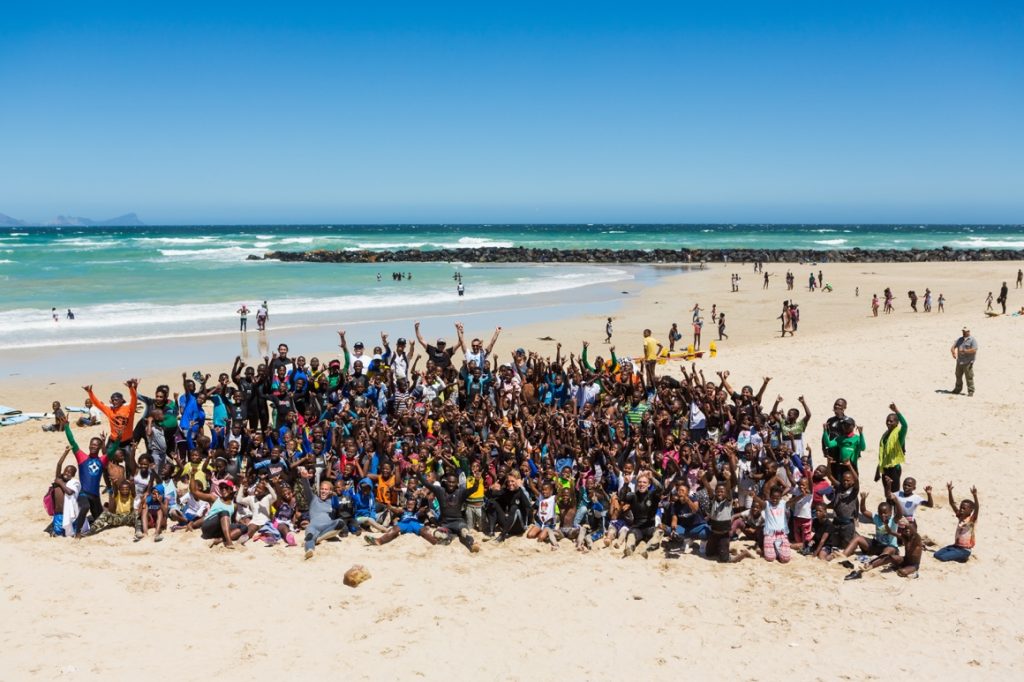
WL: I know you’ve been involved with Waves For Change, can you tell me a little bit more about your work with them?
MF: I’ve been a part of that whole family for a couple of years now, and they do some awesome stuff all over Africa which is super close to my heart. We did that Can’t Steal Our Vibe board drive and got over 700 boards which is crazy. I really enjoy just seeing the happiness that the ocean has brought to the kids and every time I go down to the beach you just remember how thankful you are to be able to surf every day.
WL: I just watched Vans and the Positive Vibe Warriors board drive in Trinidad and Tobago which was epic. Are there other inspiring projects like that which you’d like to be involved in?
MF: Yeah, Vans have such a good crew with it, you have the Gudauskas brothers who started the positive vibe warriors, which is amazing. Over the last couple of months my wife and I decided to start our own little organisation. It’s going to be called Juju surf and it’s basically just sort of highlighting all those people and organisations and all the different sites all over Africa so everyone can donate and see it all in one place. I think surfing in Africa is just going to keep emerging through organisations like Waves for Change, and I think if more people see that, they’ll say why can’t we surf.
WL: I really loved your Nu Rythmo edit, the surfing and the waves were great, but also the way it felt like a real celebration of the local culture, rather than just portraying it as just a surf trip destination, I feel like you really got to know the place a bit, which is quite a rare thing in surfing web edits. How did the idea for the edit come about?
MF: We wanted to go there and get that wave, but also, growing up in South Africa, I noticed the way people end up doing their surf edits where they always show little pieces [of the culture] but it never really gives the people a voice or an in-depth feel of everything around. Essentially those are the people that make your trip so special and so our plan was to try and capture that experience.
In the beginning, we contacted one of the record labels there and they gave us a list of musicians, so we could make sure we could meet up with one guy at least, and not risk going there and not finding anything. And then we got there and we didn’t even have to try! The guy who we were staying with had a friend and we told them what we were doing and next thing you know he’s setting up this whole band in his garden, it was awesome how it all happened.
WL: And did you struggle with the tension between celebrating the place and keeping its identity at least a little bit under wraps?
MF: Yea, obviously that’s a sensitive subject, but I don’t really go off people that are outsiders from that place. We went to the community, we met people and obviously we made sure not to give it away too much. The community wanted to share… I wouldn’t say they necessarily wanted to share the wave, because there are pretty much no surfers there.
But, let’s be honest, they don’t have the most amazing living circumstances, like I mean they have everything else that’s going on but this wave of theirs… obviously they don’t want it to be crowded or anything, but they don’t know what it could bring to them.
We just went there and if they’d had to tell us don’t do this then we wouldn’t do it, but they were awesome. I still keep in contact with everyone and get messages from them. So I’d rather go off them, the real locals. But also at the same time, you want to respect surfing’s own little code and you don’t want to exploit it too much.
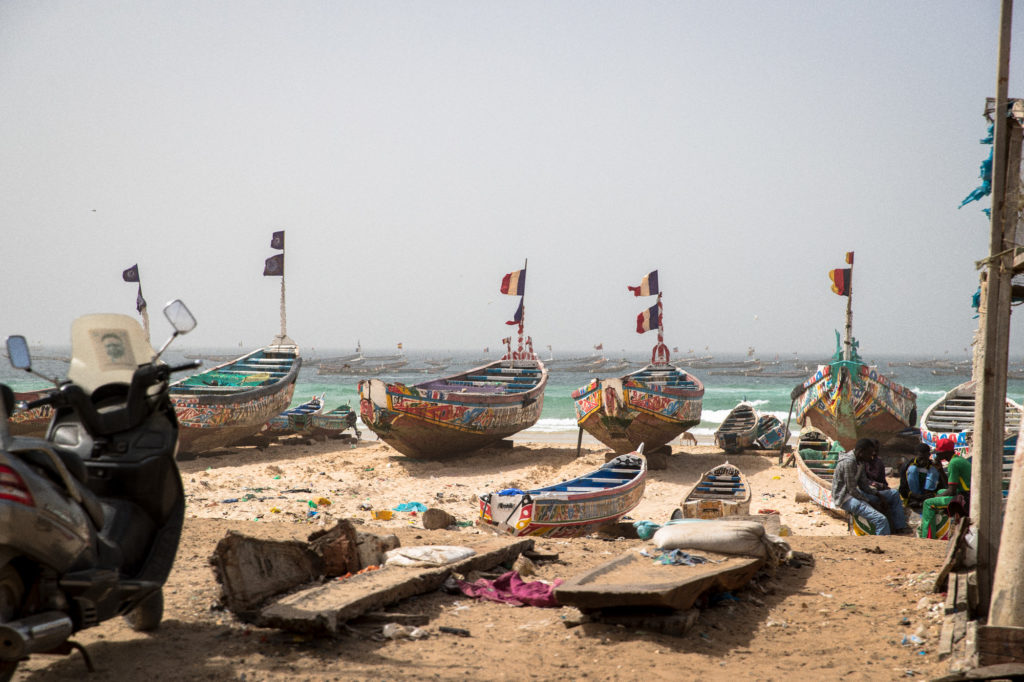
WL: I’ve heard there’s a small crew who’ve been surfing that wave for a really long time and have always kept it under their hats, but might be starting to think about opening it up and being a bit less tight-lipped about it now…
MF: Yea, completely and to be honest, the wave’s so fickle, but when there are waves there are so many waves. It’s a hard place to get to, but if you can put the time and effort and you can get it, then you should enjoy it.
WL: So would your advice to other surfers travelling to Africa to make edits be always start by talking to the locals?
MF: Yeah, I think it’s the same thing as going to a place in Australia or America… I mean in some of these places in Africa there’s no one in the lineup, but whether it’s on land or in the water you can kind of gauge who is who and who runs the show there. You know in the same way we went about doing this edit, it was about speaking to the local people and seeing what their vibe is and capturing that. And that’s the best way to experience a place. If you’re going to go there, really try and find people who are willing to share the place with you in the right way. Obviously you don’t want someone who’s just trying to get some money on the side or whatever but if you’re a good judge of character you’ll be able to see it. I think just keep it local and speak to those people.
WL: Have you got more projects similar to that planed for the coming years?
MF: Yeah, so I’m super stoked I’m working on a project with Vans now with a similar vibe. We were planning to go to India and the Philippines this year and do the same thing. It’s going to be a two per-year series aimed at just being as inclusive as possible and trying to capture that feeling and giving local people a voice. It’s going to be like Weird Waves but we’re not going to be chasing any weird waves, more focussing on art, music, culture, people and trying to capture that in an artistic way. It won’t necessarily be a documentary-style thing, but more just the things you see, the colours and the music and the people you meet. We’re starting that now here in South Africa.
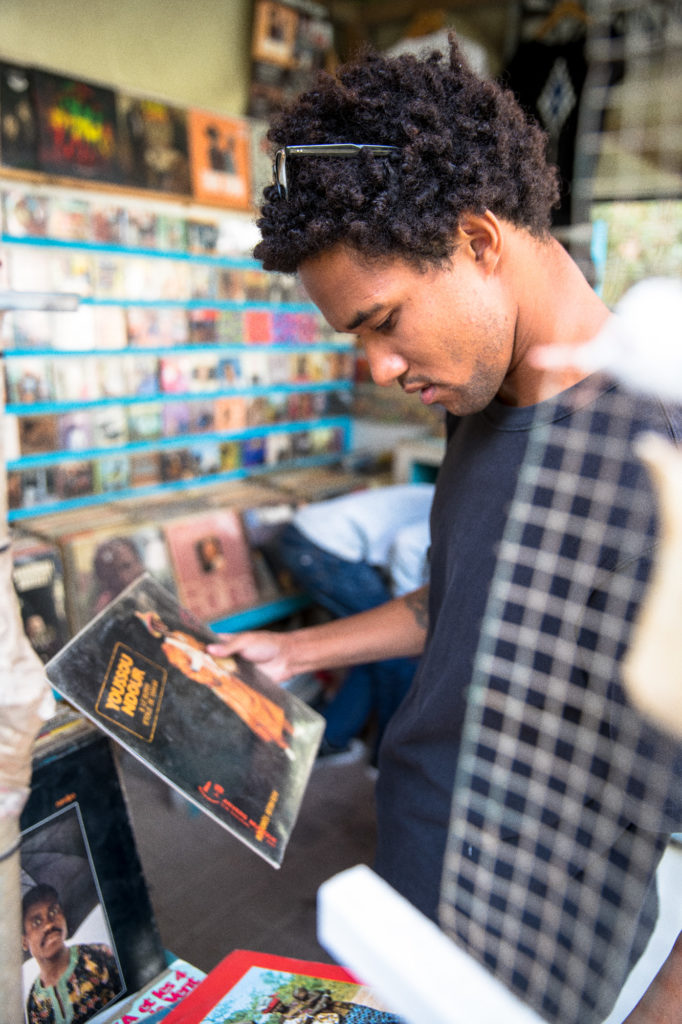
WL: When you’re working on a project like that how involved in the creative side, outside of the surfing, are you?
MF: I’ve only done it once with Nu Rythmo, but I took a lot of photos and stuff while I was there and got to meet the people. And now in the lockdown I’ve bought myself a zoom recorder so that we can record whatever we hear, whether it’s sounds or conversations or music and I’ve just started learning the piano so hopefully that’ll help me understand everything a little bit better. I’m just trying to be a bit more hands-on with the project and the cool thing about working on it with Vans is that they let you kind of be the director which is cool.
WL: Thanks Mikey, we look forward to seeing it.
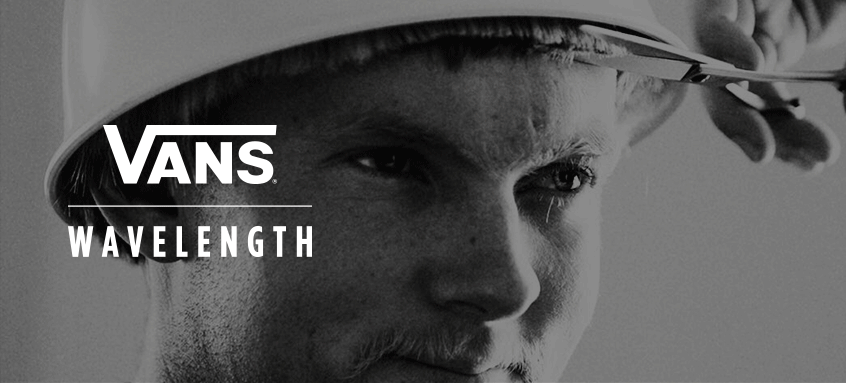






Recent Comments